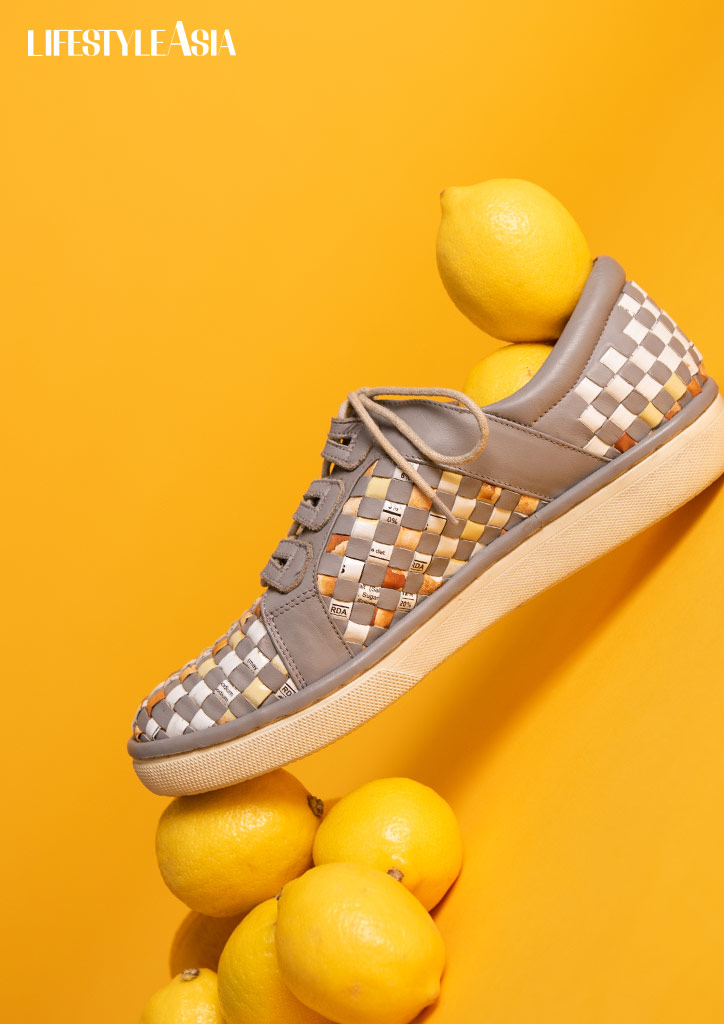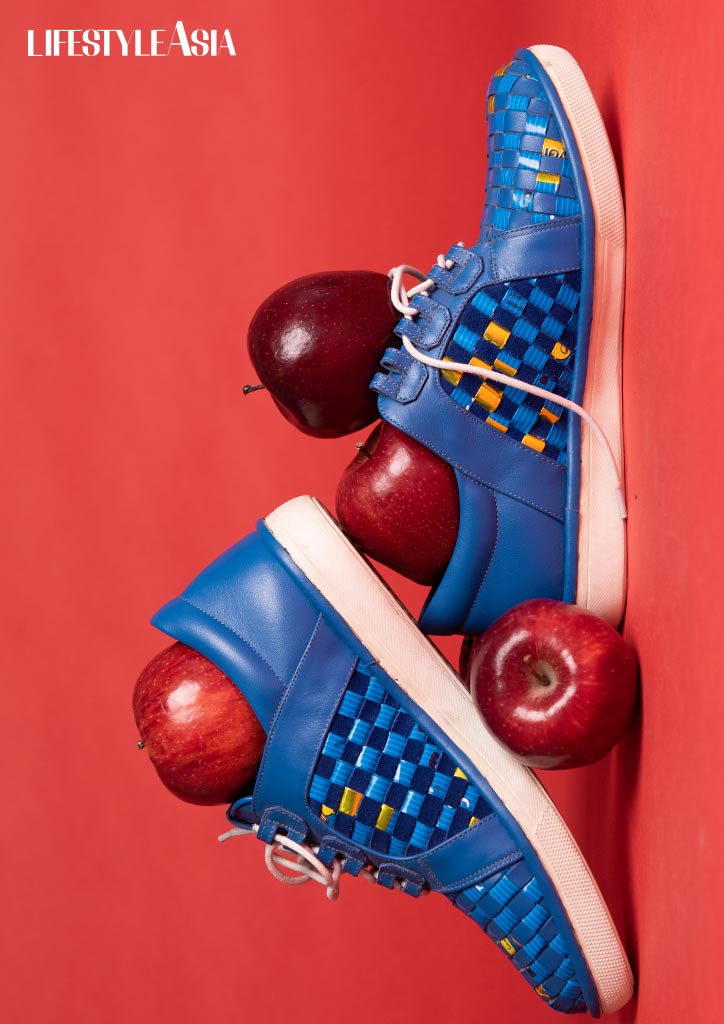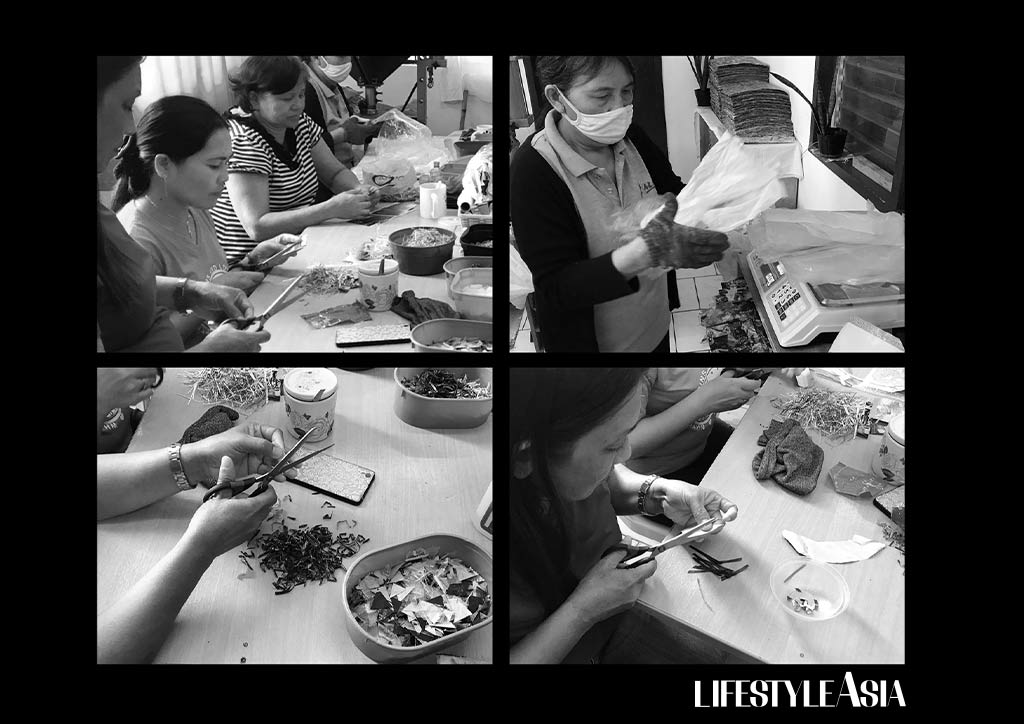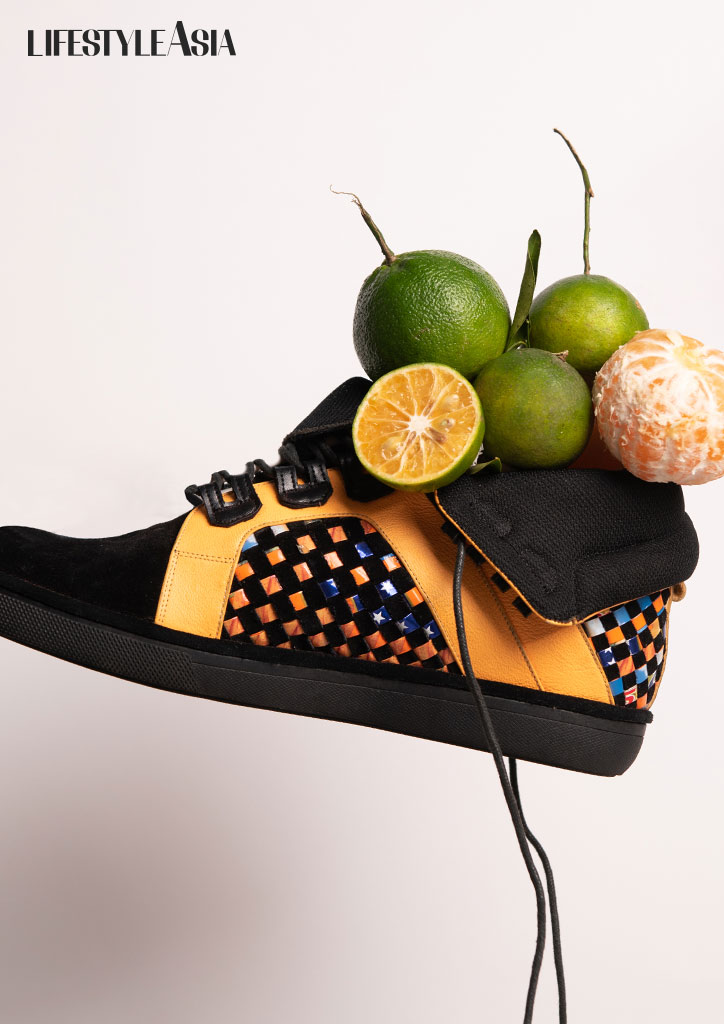“It’s always an interesting result if you mix two different approaches, techniques, or disciplines together,” the industrial design graduate shares.
With a background in Industrial Design, the comprehensive course gave Maco Custodio a plethora of opportunities to explore. But he dove into the fashion industry in 2008 when he collaborated with a friend, designer JC Buendia.
“I guess I wanted to show my take on what a shoe would look like with a non-fashion background,” Custodio explains. “Because it’s always an interesting result if you mix two different approaches, techniques, or disciplines together.” As a result, he entered a scholarship program from Marikina’s city government to learn shoemaking from scratch.

After completing the year-long course, he flew to China to learn shoe pattern engineering from Filipinos based in the country. Looking back, the University of Santo Tomas graduate considers his father’s Antipolo shoe factory to influence his creative career. “I’ve been exposed to the craft ever since. Even at a young age, I had an idea how to see shoes not only for walking but as a beacon of hope,” he shares.
Authenticity as intention
As a regenerative product designer, Custodio’s work is centered around sustainability. However, it was not always the case. His active efforts to create eco-conscious products began in 2016 when Custodio showcased a collection in London. “In any international event, you have to show what Filipinos are best at,” he says. To prepare for the show, the designer realized that Filipino culture has a powerful narrative to tell, “and that story makes our work one of a kind and deserving to be noticed by the entire design world.”

In his creative process, Custodio practices his “ABCs,” which stands for authenticity, boldness, and collaboration. He describes authenticity as the intention for the design, while boldness means celebrating feelings. For Custodio, bold and brave creations boost the wearer’s confidence. Meanwhile, collaboration gives each product a soul because it marries all the elements involved in creating.

Aiming for global
Custodio also regularly works with local artisans, like the B’laan indigenous community of Mindanao. The partnership sparked with the help of his mentor, Marian Pastor Roces, through CITEM’s Manila FAME. With Maricel Salinda Kasaligan as the lead embroiderer for the project, the pieces transcended through the tribe’s usual clothing creations but into accessories such as caps, seen in Custodio’s KALO collection series.

For another collection, he sourced textiles worn by Mindanao’s Yakan tribe for footwear. He opted to use the more delicate section of the handwoven fabric instead of the more intricate front area. Custodio does this to showcase the imperfections of weaving, including the mistakes. “Other elements are seen and present in the shoes. Launching it to the international market, though, is still a long way,” he shares. But still, moving forward, Custodio persists in taking his brand beyond the Philippines. After all, his pieces have stories worth sharing.
Photos by Kieran Punay of Studio 100.
Creative Direction by Paolo Torio.
This story originally came out in Lifestyle Asia’s October print issue.





